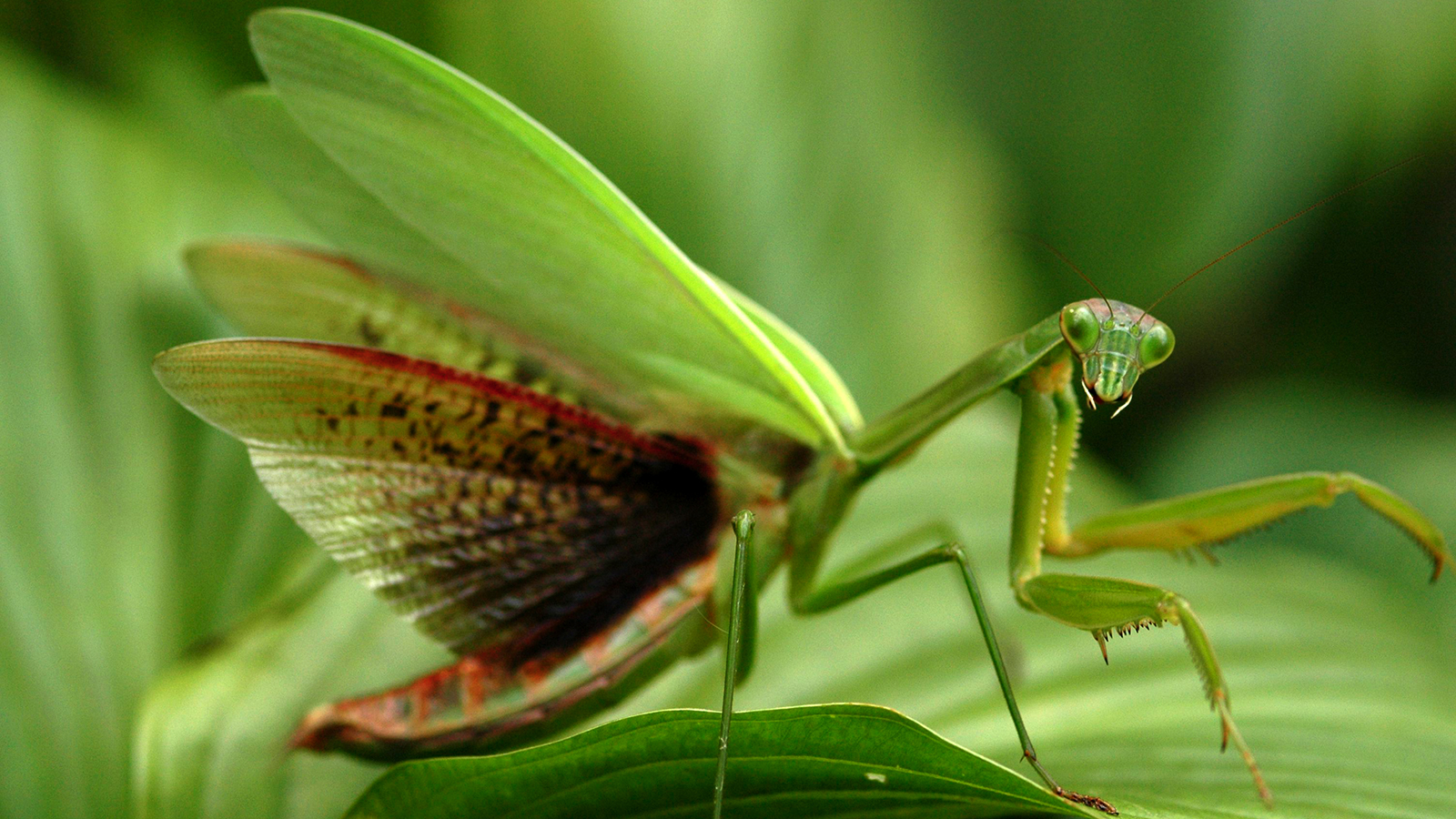I’m trying an experiment this spring. I’m going to hatch Praying Mantises and put them in my garden hoping they will eat the huge number of ticks crawling around in the soil.
Several years ago, two of my dogs (James and Julia) suffered from Lyme disease. It affected them in the form of lameness. It got so bad they couldn’t get up from their dog beds. Once diagnosed and put on a course of doxycycline, their strength was restored. I came down with Lyme disease after working all day in my garden. Occasionally, I would pick off a tick or two after a long day working in the soil, but evidently, I missed the tiny seed-like form of the tick which caused my outbreak. I became very ill. Flu-like symptoms, aching joints. Of course, I just thought I had come down with a severe case of the flu and lay low for a week. It didn’t get better, which sent me to the doctor. I was lucky. I got treatment early enough to clear the disease from my system. Others, less fortunate, are misdiagnosed early on, then, at a later date, when it is determined they do have Lyme disease, it is difficult to eradicate.
When I asked my doctor what I should do to get rid of the ticks in my yard, she suggested I get some chickens. Chickens eat everything. You won’t have any ticks and you’ll have fresh eggs to eat. Ugh, the thought of eating an egg laid by a chicken that consumed ticks crawling around in the dirt didn’t appeal to me. Plus, I didn’t want chickens. My English Setters would go crazy.
Now, Praying Mantises, I like that idea. As a child, I was fascinated by Praying Mantises. We had a big field beyond our backyard where my siblings and I played for hours. I’d find these curious-looking creatures hanging upside down from long stalks of hay and gently carry them home, just to watch awhile longer, then release them back to their habitat. It’s been a long time since I’ve seen one, but if my plan works, I should have as many as one hundred or more Praying Mantises adorning the perennials and shrubs in my garden, into the hayfield in the back, and into the woods.
A friend of mine told me about Praying Mantises eating ticks. A friend of hers has tried it and it worked for her. So my friend is trying it and so am I. Since she passed this tip on to me, I’ve done some online research that corroborates this as a way of ridding a garden of these unwanted pests naturally. Praying Mantises have a voracious appetite and feed on all types of garden pests, like leafhoppers, aphids, flies, spiders, and ticks. Unfortunately, they eat good insects, too, like ladybugs and some caterpillars that turn into beautiful butterflies. From my reading, I found the general consensus to be in favor of Praying Mantises as a means of controlling ticks, my number one nemesis.
The experiment is on! I bought my Praying Mantis case from a local garden store. It came with a set of instructions on how to proceed. The case is contained in two clear plastic cups, set rim-to-rim. The Praying Mantis case is attached to one end inside the container. Until April 15th, the contained case must remain in the refrigerator to keep the eggs dormant. After the 15th, I am to bring the container out of the refrigerator and place it inside my house, keeping a close eye on it. As soon as the babies hatch, I must take the container outside and spread the babies apart, around the garden, trees and scrubs. Not on the ground where the ants would feast on them. They must not stay together once hatched or they will begin eating each other. That’s another thing they eat. They are cannibals! Yikes, I’m thinking… I hope they don’t hatch at night!
I will write with an update on my interesting – all natural – experiment in ridding myself and my dogs of dreaded ticks. FYI: For anyone that might be wondering – they are not harmful to dogs. If anyone has had any experience with this project, I’d love to hear about it. Write in.
